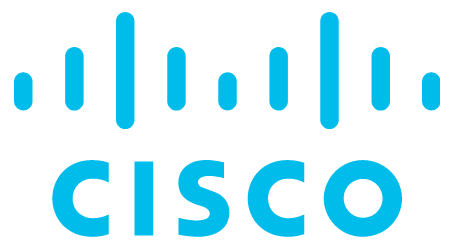The Email Laundry Solution for Hotel in Ireland
Description
The management company wanted to find a way of marketing all of theseservices on the company’s day to day email, enabling the business to cross selltheir products to current customers and suppliers with whom they had dailyemail communications.
The company turned to the Brand and Sign service from The Email Laundry. Theservice provided them with a central management console to control emailsignatures for the organization as well as add marketing banners to their email.
The banners and signatures were added by the cloud based service as the emailpassed through it. There was no software to be bought or hardware to maintain.
CASESTUDY
“As a 4 * hotel we offer a vast range of services, the Email Laundryallowed us to create different campaigns for different teams in the hotelwhich proved to be invaluable, our wedding coordinator promotes hermarket whilst the health club staff can promote Gym MembershipAs social media is playing a growing role in our business model theEmail Laundry conveniently links our social media to our email with thetouch of a button, extremely user friendly!
Reporting in the system is genius, simple to use and understand. Fromthe reporting it is easily evident which campaigns work and which don’t .
The click through report generates vital sales leads for our team. Fromthe reports we can also tell what business has been converted throughour email banner campaigns.”
-Claireann McKeown, Sales & Marketing Executive at The Strand Hotel
Details
Business tasks
Reduce Costs
Enhance Staff Productivity
Ensure Security and Business Continuity
Problems
Risk or Leaks of confidential information
Malware infection via Internet, email, storage devices
Risk of lost access to data and IT systems
Risk of data loss or damage
High costs

















